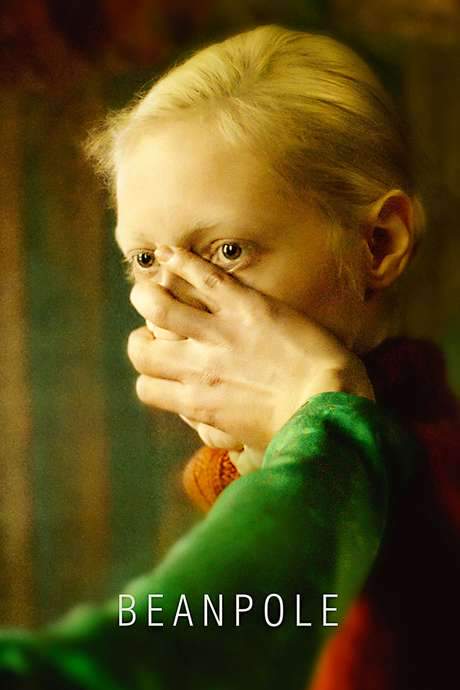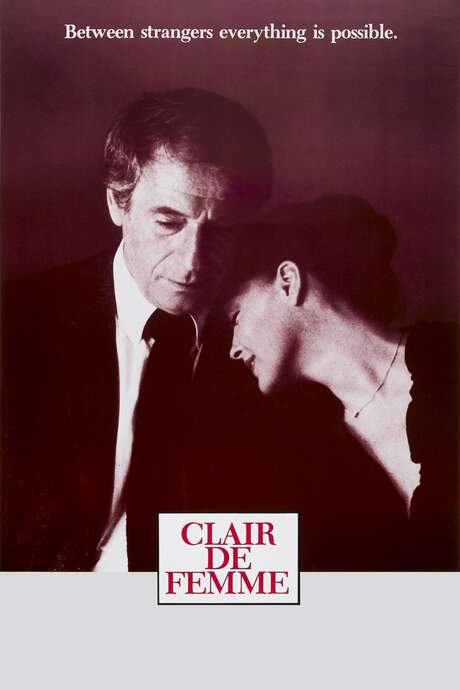Warning: spoilers below!
Haven’t seen The Lamp Still Burns yet? This summary contains major spoilers. Bookmark the page, watch the movie, and come back for the full breakdown. If you're ready, scroll on and relive the story!
The Lamp Still Burns (1943) – Full Plot Summary & Ending Explained
Read the complete plot breakdown of The Lamp Still Burns (1943), including all key story events, major twists, and the ending explained in detail. Discover what really happened—and what it all means.
Laurence Rains grows increasingly irritated when the factory’s architect, Hilary Clarke, insists on enlarging the first aid room to satisfy government regulations, even though the plant already records the best safety history in the country. His frustration resurfaces when he meets her again, now in a nurse trainee role, as she assists Dr. Barrett in treating one of his workers. The clash between duty and procedure begins to blur as he observes Clarke outside her architectural world, and she, in turn, starts to see the human stakes beyond blueprints and compliance.
From the outset, Clarke carries a hidden backstory. She reveals that she chose architecture largely to please her father, who had no sons to carry on his trade. But a defining moment comes when she watches how a young assistant at her firm, who is seriously injured in a traffic accident, is tended to by nurses. In that moment, Clarke discovers her true vocation lies not in designing spaces for safety alone, but in tending people within those spaces. The romance subplot soon thickens as Pamela Siddell, a violinist and Pamela Siddell, who is also Rains’ fiancée, catches wind of the obvious pull between her fiancé and Clarke.
Clarke’s path forward gets a powerful push from influence at the top. Through the backing of Sir Marshall Freyne—a client and a member of the board of Queen Eleanor’s Hospital—Clarke is allowed to embark on a demanding nurse training course. Yet she enters this rigorous program with a maturity that sets her apart from the typical nineteen- or twenty-year-old candidate, a factor that endears her to some teachers and irritates others.
Her independence is a recurring source of friction. The matron, a strict, by-the-book supervisor responsible for enforcing a long list of regulations—illustrated by the rule that nurses may not speak directly to doctors—finds Clarke’s questions provocative. This dynamic creates a tension-filled atmosphere at the hospital, where rules are many and deviations are watched carefully. The hospital becomes a space where personal conviction must contend with institutional norms, and Clarke’s bold approach to patient care often clashes with the formalities that govern nursing life.
The story’s romantic complications intensify when both Laurence Rains and Siddell become patients at the hospital after a catastrophic factory explosion. In those tense, uncertain days, the bond between Clarke and Rains deepens, while Siddell begins to reassess her engagement. The complications of love and loyalty are stark: Siddell eventually releases her fiancé from their engagement, recognizing that her own feelings have shifted and that a life together with Rains may be possible—or at least worth pursuing despite the social pressure to sacrifice personal happiness for professional duty.
But the film does not reduce the nurses’ world to romance alone. The ethos of nursing—its demands and sacrifices—remains central. The profession requires a total commitment, and Clarke’s friends and colleagues reflect that sentiment as well. Clarke’s own circle includes Christine Morris, a fellow nurse who, in a pivotal choice, decides in favor of love and relinquishes a career advancement to marry the man she loves. The moment is portrayed with quiet gravity, underscoring the film’s central tension: whether one can reconcile love with vocation, and whether the system can ever truly accommodate both.
In the end, Clarke makes a choice that mirrors the evolving values around women in the workforce and in relationships. Rains, for his part, vows to wait—and to fight for meaningful improvements to the hospital’s conditions and for the welfare of its nurses—if not immediately, then as a lasting goal. The conclusion leaves viewers with a measured, hopeful note: progress may be slow, but it is achievable when people choose courage, compassion, and a willingness to challenge outdated rules.
Last Updated: October 09, 2025 at 11:08
Unlock the Full Story of The Lamp Still Burns
Don't stop at just watching — explore The Lamp Still Burns in full detail. From the complete plot summary and scene-by-scene timeline to character breakdowns, thematic analysis, and a deep dive into the ending — every page helps you truly understand what The Lamp Still Burns is all about. Plus, discover what's next after the movie.
The Lamp Still Burns Timeline
Track the full timeline of The Lamp Still Burns with every major event arranged chronologically. Perfect for decoding non-linear storytelling, flashbacks, or parallel narratives with a clear scene-by-scene breakdown.

Similar Movies to The Lamp Still Burns
Discover movies like The Lamp Still Burns that share similar genres, themes, and storytelling elements. Whether you’re drawn to the atmosphere, character arcs, or plot structure, these curated recommendations will help you explore more films you’ll love.
Explore More About Movie The Lamp Still Burns
The Lamp Still Burns (1943) Scene-by-Scene Movie Timeline
The Lamp Still Burns (1943) Movie Characters, Themes & Settings
The Lamp Still Burns (1943) Spoiler-Free Summary & Key Flow
Movies Like The Lamp Still Burns – Similar Titles You’ll Enjoy
Beanpole (2019) Movie Recap & Themes
War-Time Romance (1983) Story Summary & Characters
Lampje (1000) Movie Recap & Themes
The Lady with a Lamp (1951) Full Summary & Key Details
The Love Light (1921) Ending Explained & Film Insights
The Last Bridge (1954) Detailed Story Recap
Woman to Woman (1929) Detailed Story Recap
War Nurse (1930) Spoiler-Packed Plot Recap
In Love and War (1996) Detailed Story Recap
The Lamp (1959) Ending Explained & Film Insights
Womanlight (1979) Film Overview & Timeline
Light Up the Sky! (1960) Story Summary & Characters
My Own True Love (1948) Film Overview & Timeline
Oil Lamps (1971) Spoiler-Packed Plot Recap
Vigil in the Night (1940) Story Summary & Characters


















